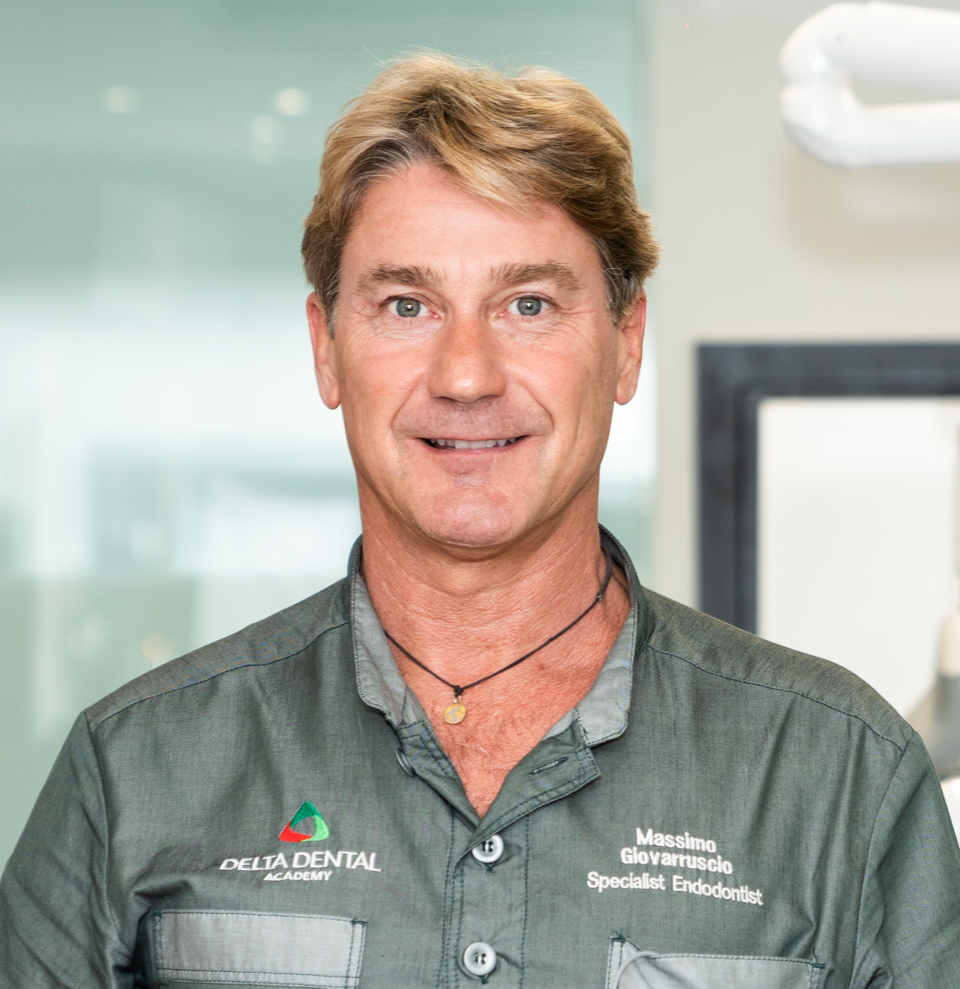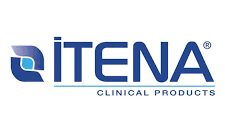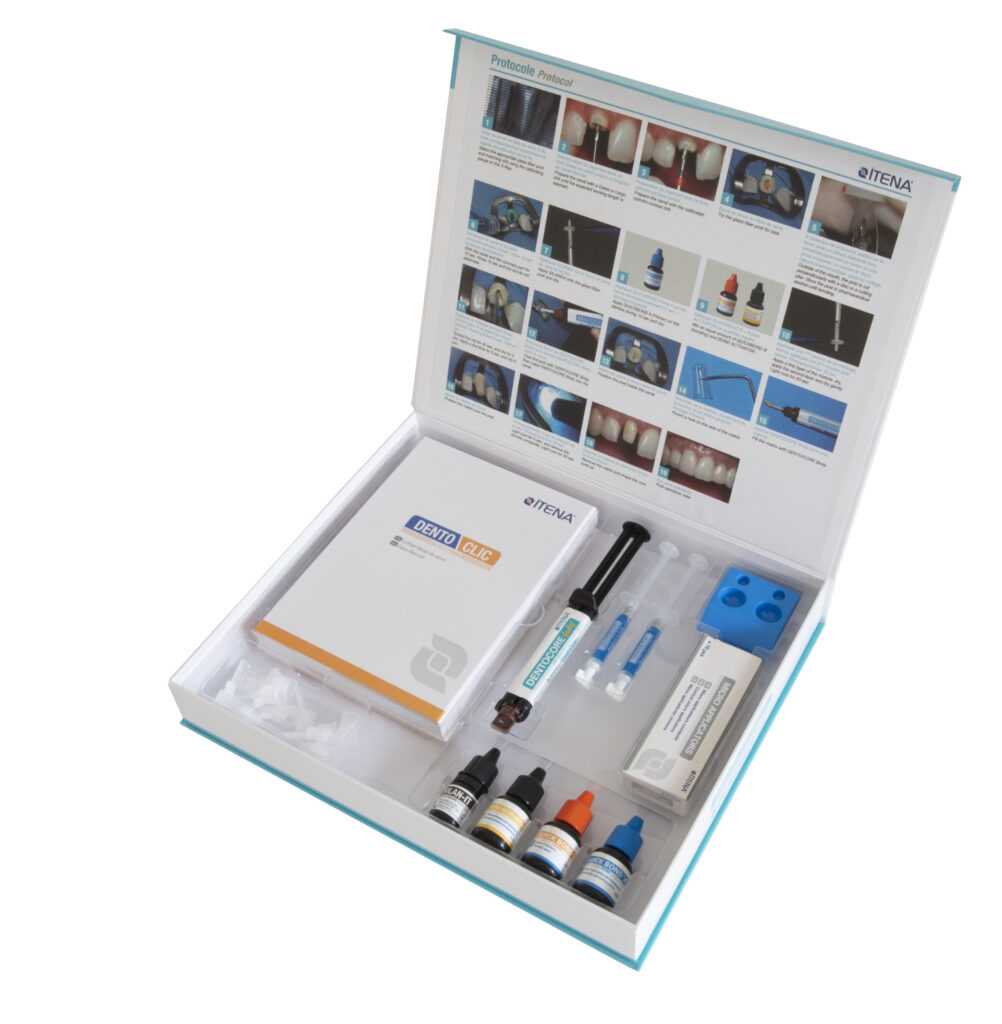To understand the role of ETT in Endodontics
To familiarise with the contemporary restorative techniques
When and how luting a post
How to approach Endodontic complications
MTA management and clinical indications for perforation and wide canal



With the support of Itena, at the end of the event there will be a double draw: we will choose two users among the participants. The prizes are:

Direct restoration kit with glass-fiber post
It contains 1 DentoClic glass-fiber posts kit + 1 Quickbond A (primer) + 1 Quickbond B (adhesive) + 1 Bond Activator + 1 Dentocore Body syringe + 4 DentoEtch syringes and 1 Silan-It bottle

Anterior and posterior universal light-cured composite material
It contains 7 shades of Reflectys syringes, 4 Dentoetch syringes and 1 universal adhesive Iperbond Max
The post endodontic restoration plays an important role in tooth survival, in fact, endodontic success rate can drop from 90% to 18% because of a poor coronal restoration.
The restoration of endodontically treated teeth has to be selected by following a process that considers the residual tooth structure, together with the clinical situation of the patient.
Join dr. Marc Habib and dr. Marc Kaloustian in this new episode of the POP Series - The Post Endo Build-up, with 3 special guests!
How to Clean and prepare the cavity before post and core placement
Crown lengthening and build-up strategy: from myth to reality
Direct restoration, overlay, or crown:
the choice of the correct treatment based on the structural analysis of the endodontically treated tooth



How to Clean and prepare the cavity before post and core placement

Crown lengthening and build-up strategy: from myth to reality

Direct restoration, overlay, or crown: the choice of the correct treatment based on the structural analysis of the endodontically treated tooth

The use of reinforced fiber posts has shown excellent performance due to its elastic modulus similar to teeth’s dentinal substratum. Usually, the post is passively positioned inside the root canal and the retention is therefore guaranteed by the cementation system. The weak point of the whole tooth-posts-restoration system resides in the adhesion between the substratum and the resinous types of cement. Many studies proved that the fiber post-reconstruction failure was dependent on the bonding-dentin interface. To achieve the best adhesion, the optimal interface preparation is linked directly to the bonding agents. The bonding mechanism exploits the dentinal tubules' penetration by the resin and the collagen fiber exposition.
The canal surface should be cleaned and conditioned to allow for the formation of the hybrid layer and resin tags. To establish a durable bond, a clean dried dentinal surface inside the root canal or in the chamber space must be achieved to ensure an optimal adhesive luting procedure. Magnification plays a very important role when we prepare the canal space or the chamber. A conservative approach is still recommended when using burs or ultrasonic tips. Sandblasting procedures can also help obtain a perfect dentinal surface. However, an adequately performed adhesive luting procedure seems to be the most important factor for the success of the coronal restoration of treated teeth, rather than a specific bonding protocol or luting material. Application of the resin cement into the root canal should be performed cautiously using appropriate application tips, to prevent voids within the cement or between the root filling material and post.
The objective of this lecture is to analyze difficulties related to the adhesive restoration of teeth with deep cervical and/or sub-gingival margins.
The application of modern adhesive materials is especially challenging when it occurs in the subgingival area, with overhanging/gap margins being particularly dangerous for the health of periodontal tissues. This is a critical area for the placement of the cervical margin of restorations because of the potentially negative impact on biofilm accumulation, the possible direct irritation of the gingival tissues, and the possible invasion of the biological width.
This could influence the inflammatory response of the marginal periodontal and it has been demonstrated that the precision of the subgingival margin is crucial.
Clinically three different problems tend to occur during restoration: loss of dental substance, detection of subgingival cervical margins, and dentin sealing of the cervical margins.
Subgingival margins are associated with biological and technical problems such as difficulty in isolating the working field with a dental dam, adhesion procedures, impression taking, and final positioning of the restoration itself.
At the end of the lecture, the colleagues should be able to understand all these different clinical situations, identify their different therapeutic approaches, and know how to face them.
Choosing the correct treatment plan is the first step in ensuring a favorable long-term prognosis for an endodontically treated tooth. Our goal must be to ensure the protection of the tooth from chewing forces, to recreate a correct aesthetics and function while preserving the dental structures as much as possible. Treatment options vary from a direct restoration, to an overlay or a crown. A minimally invasive approach is essential for the correct rehabilitation of damaged teeth, but we must be very careful in opting for the correct treatment.
The purpose of this presentation is to identify the most suitable restoration technique in various clinical situations.